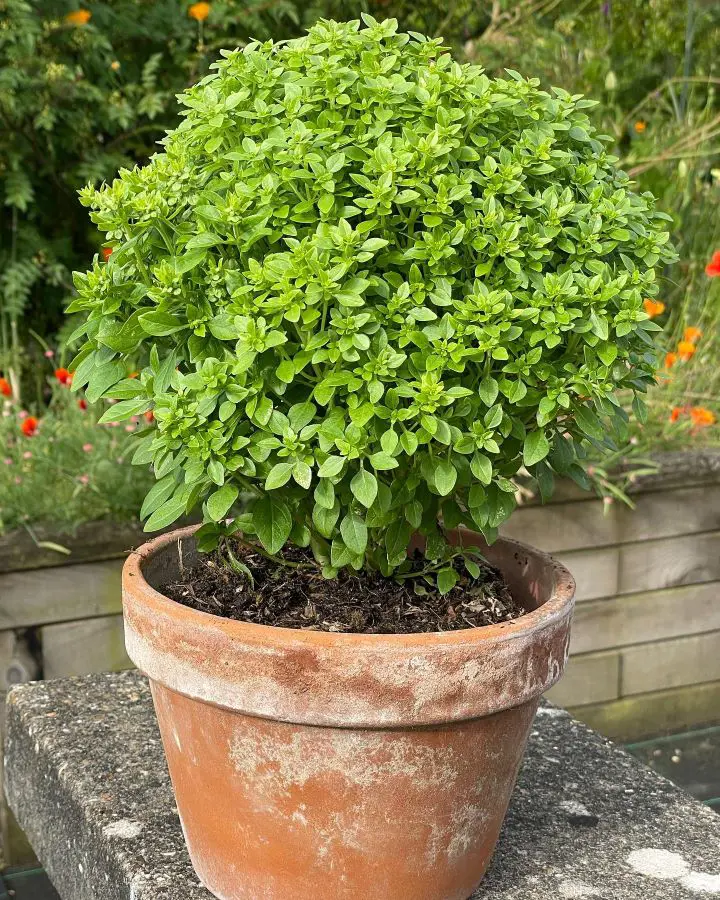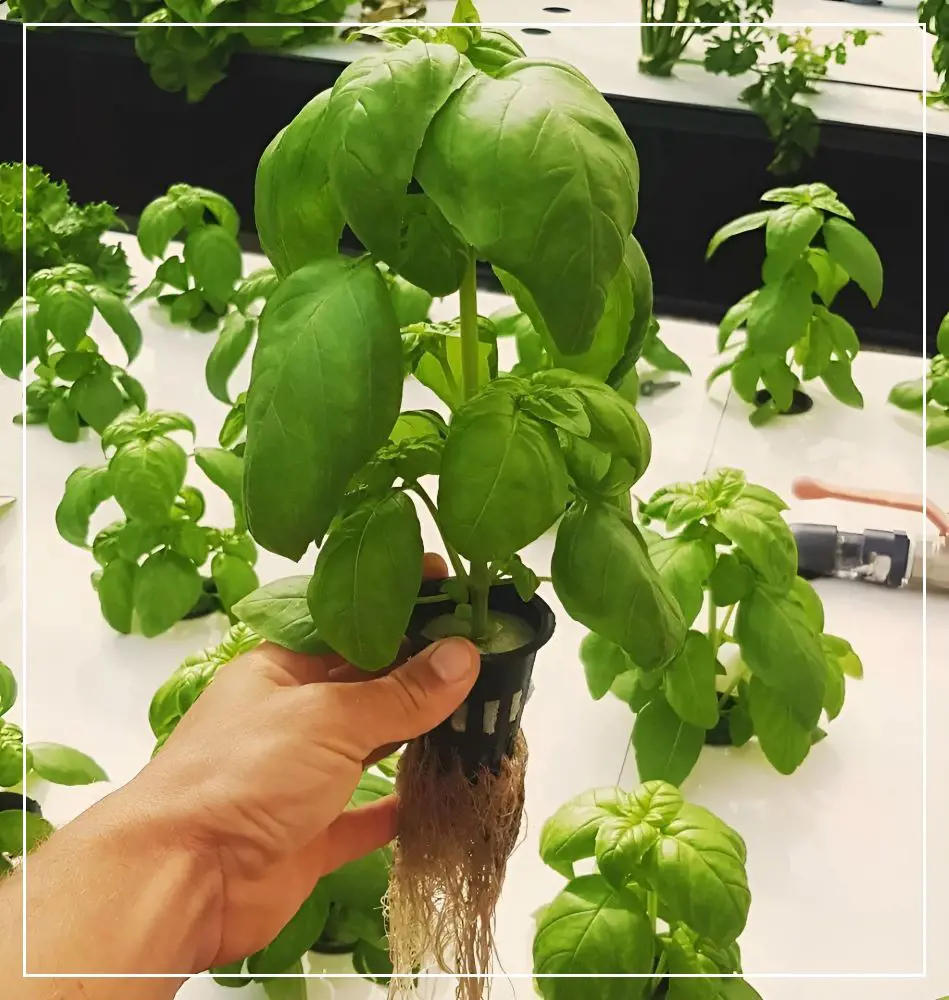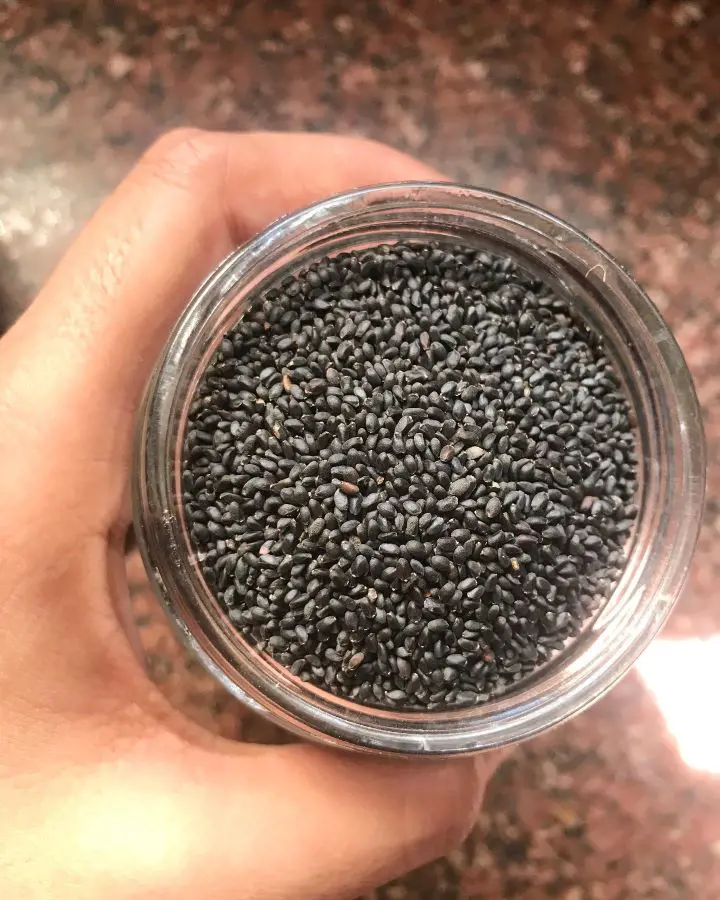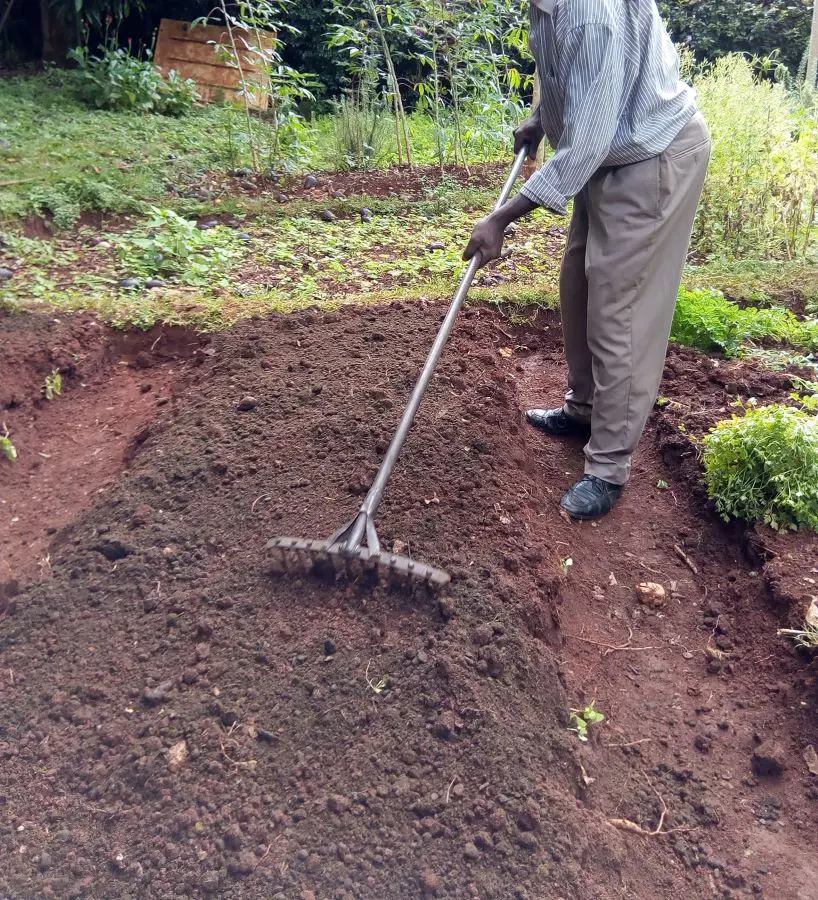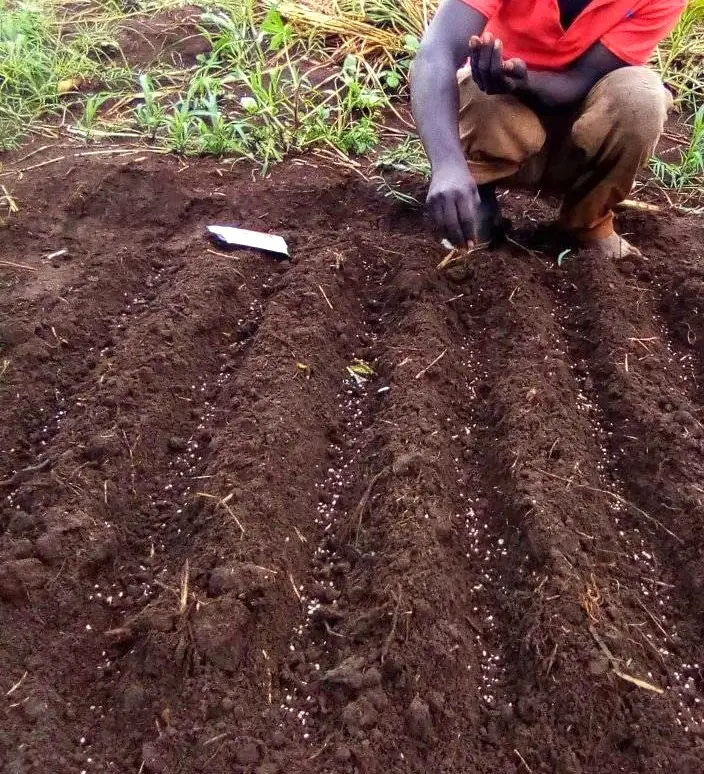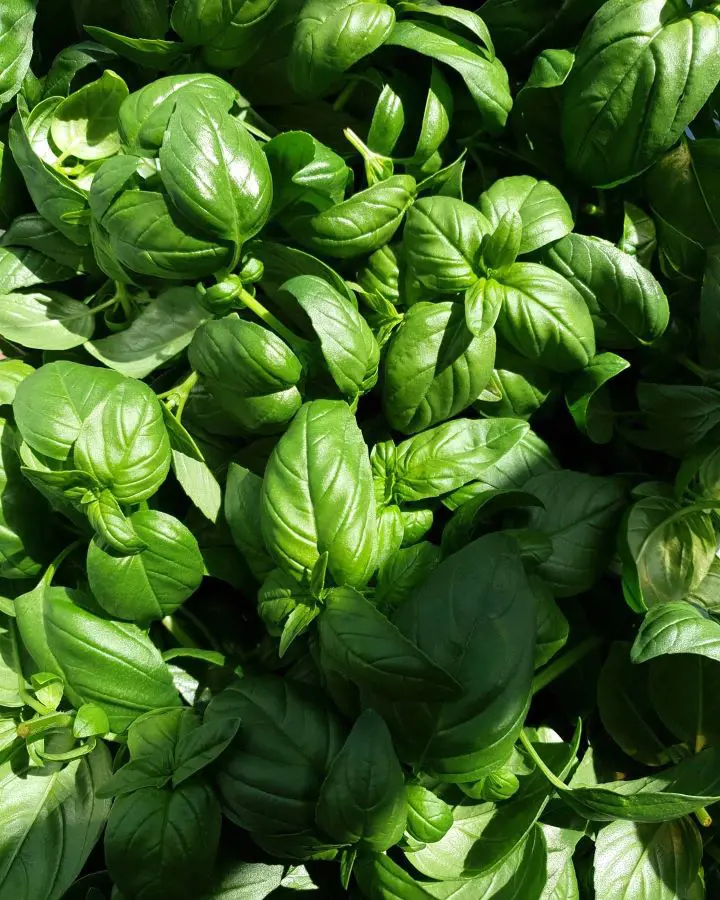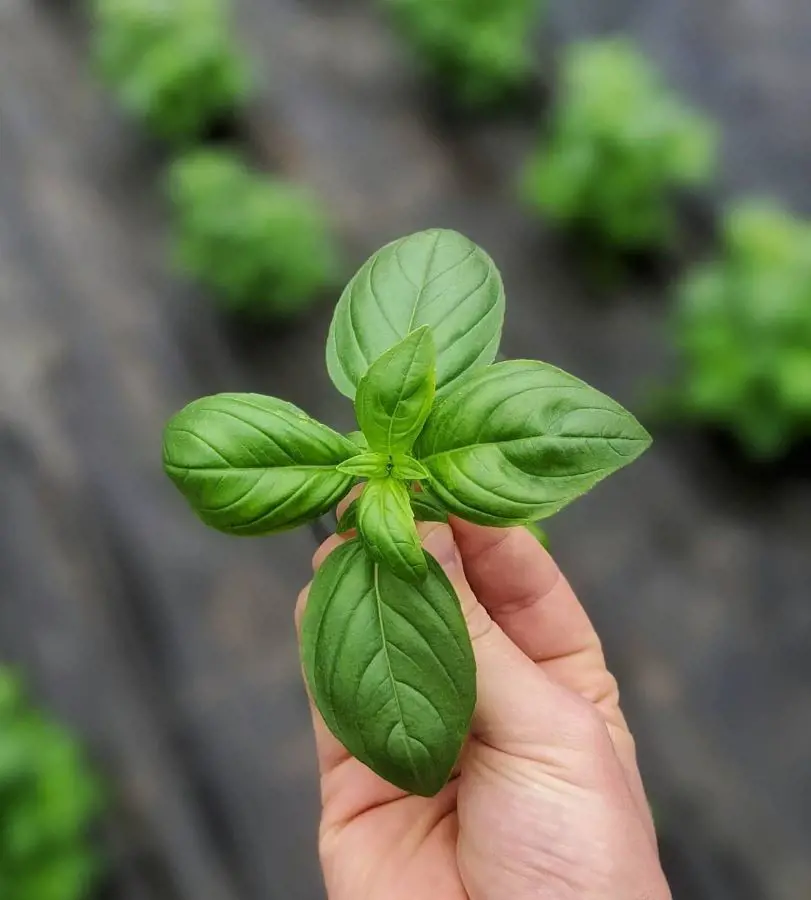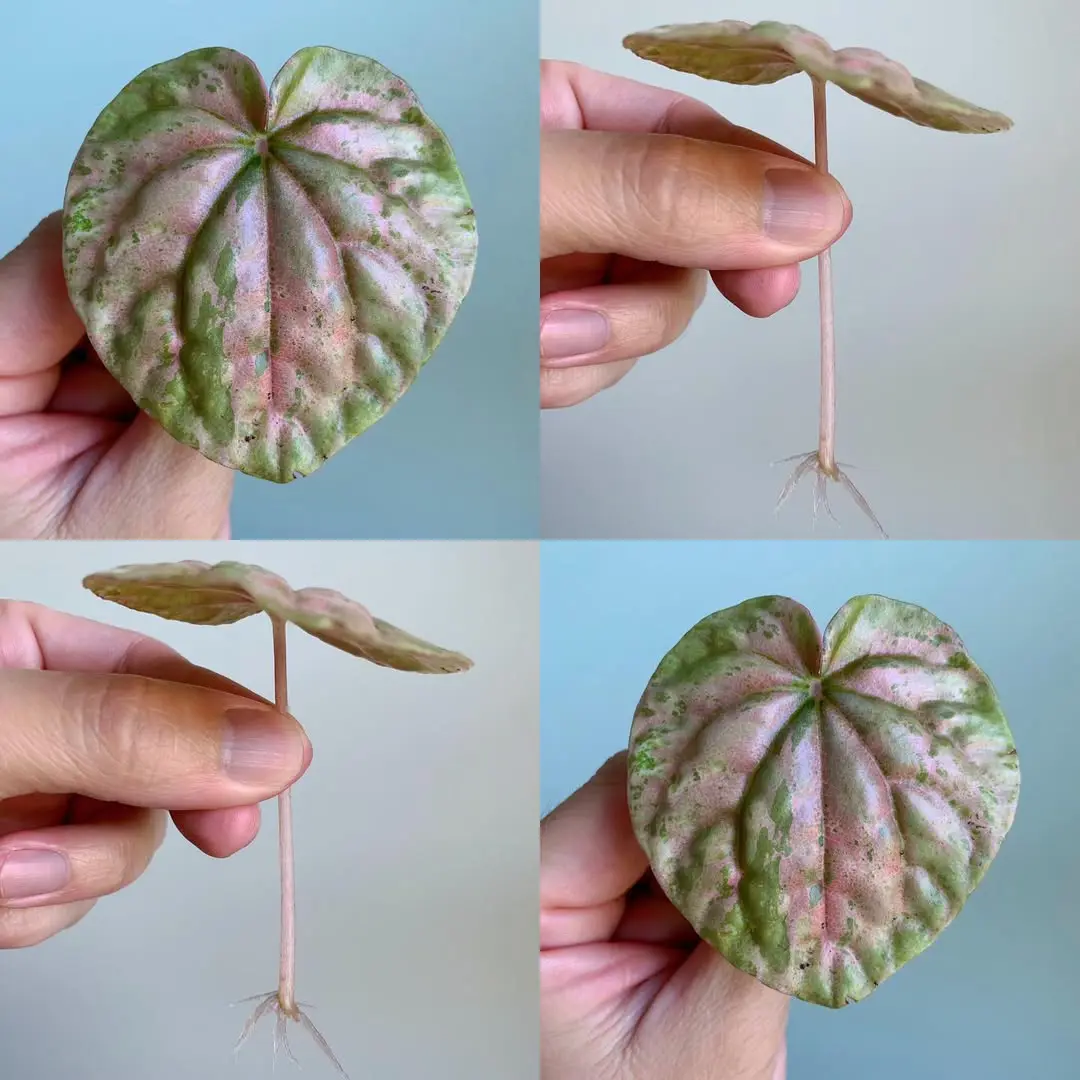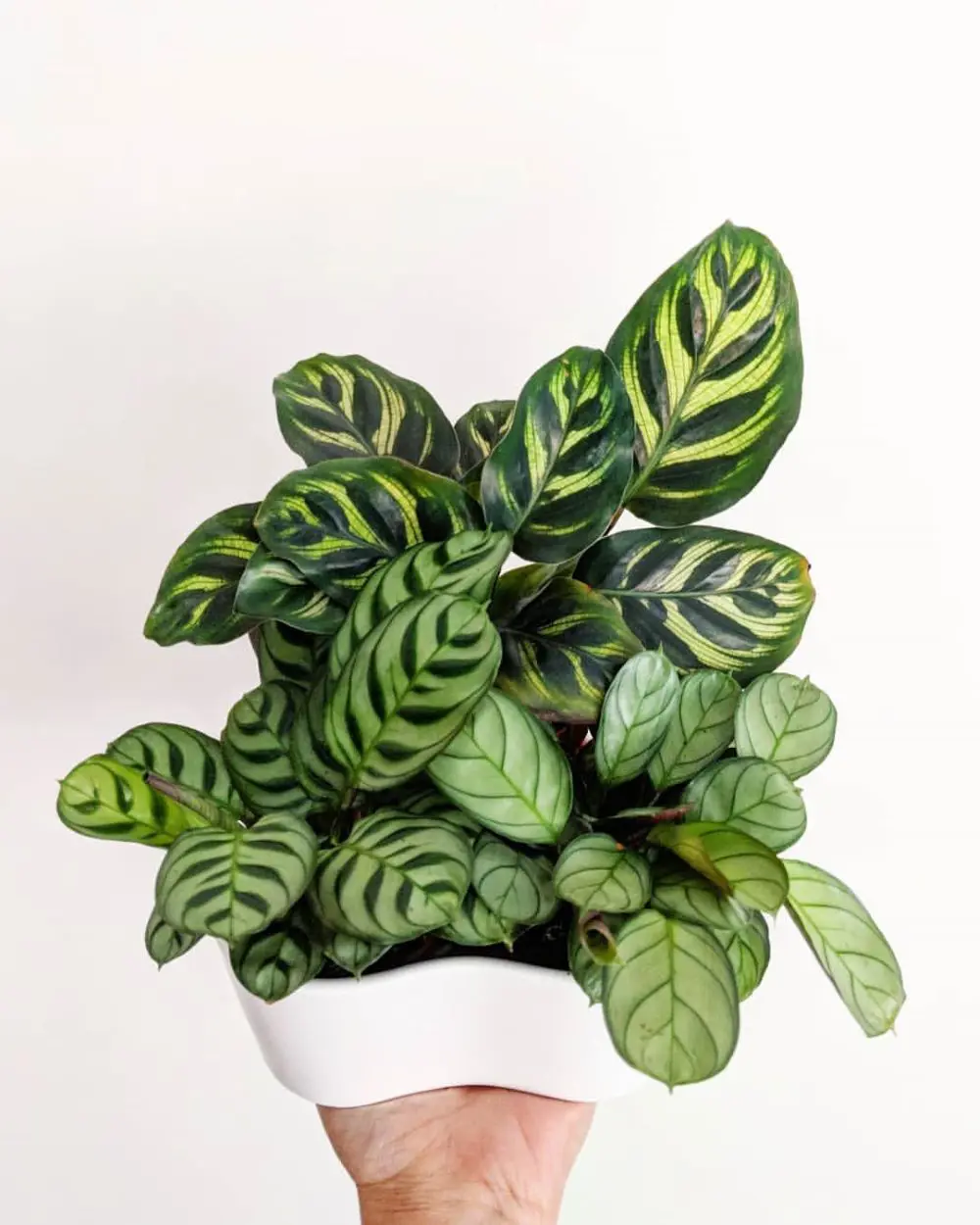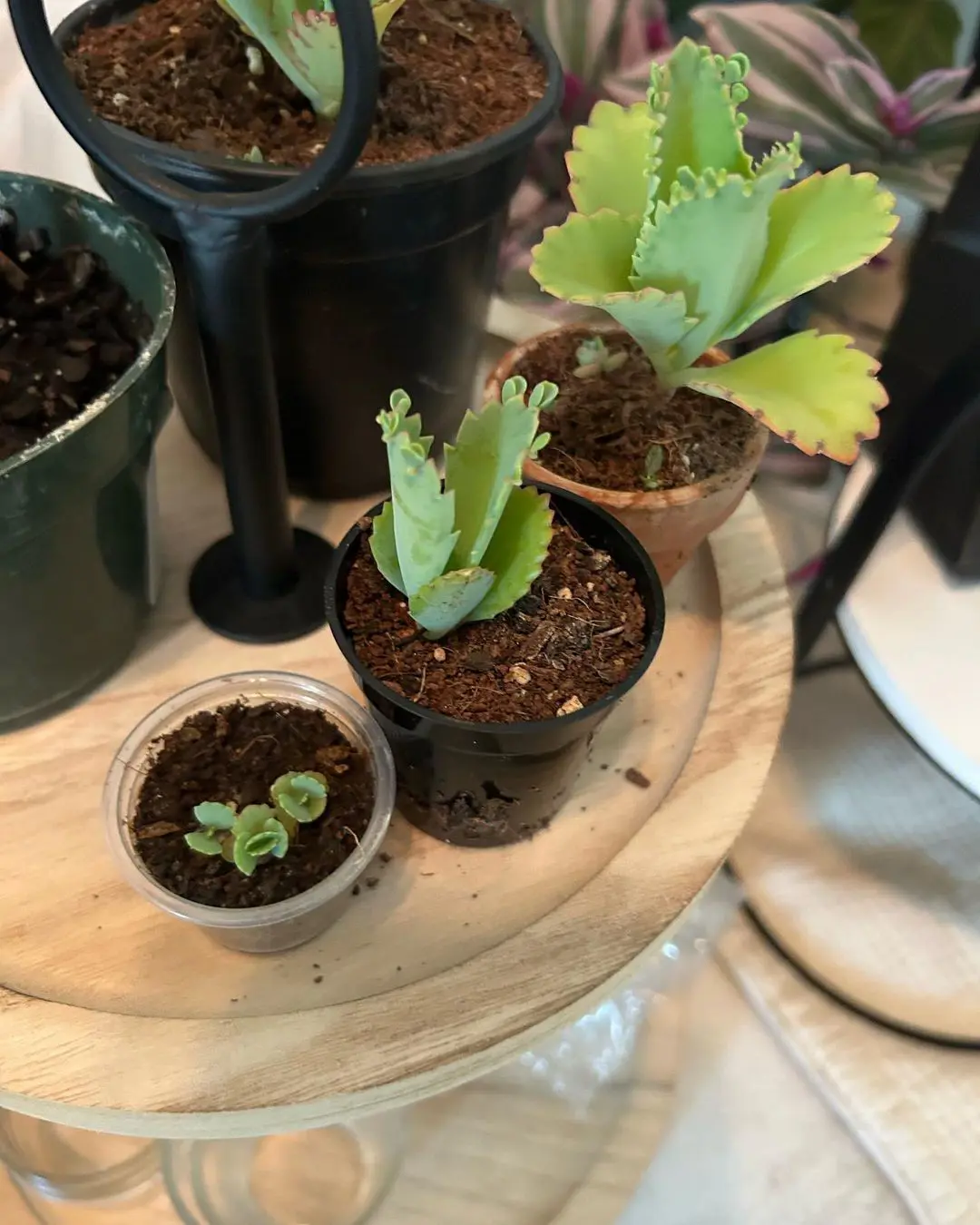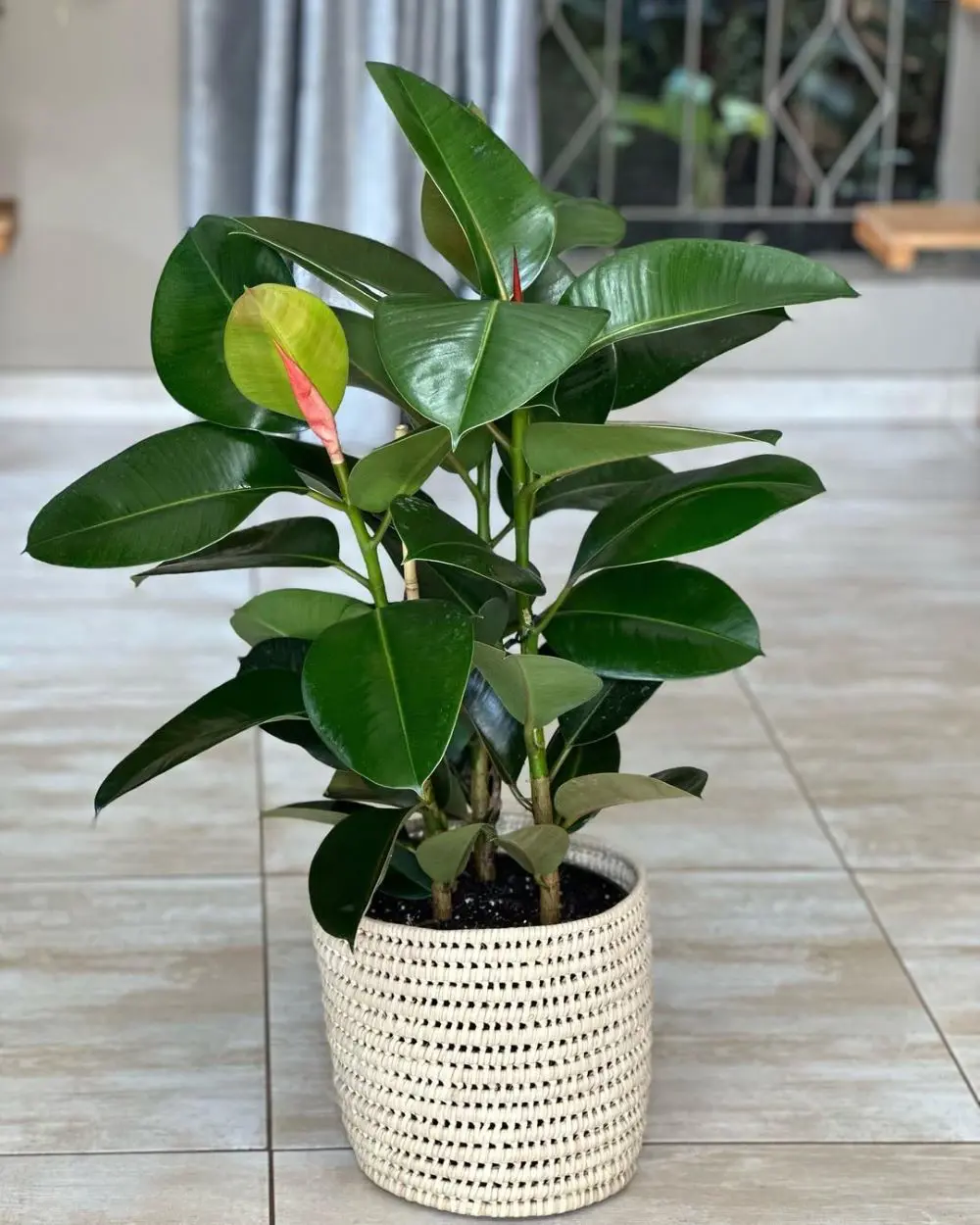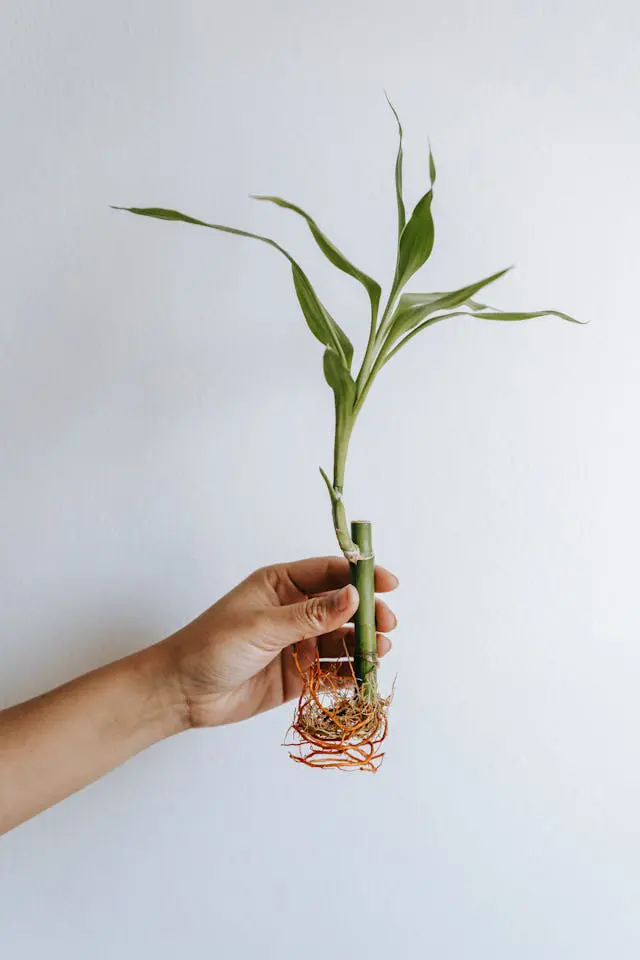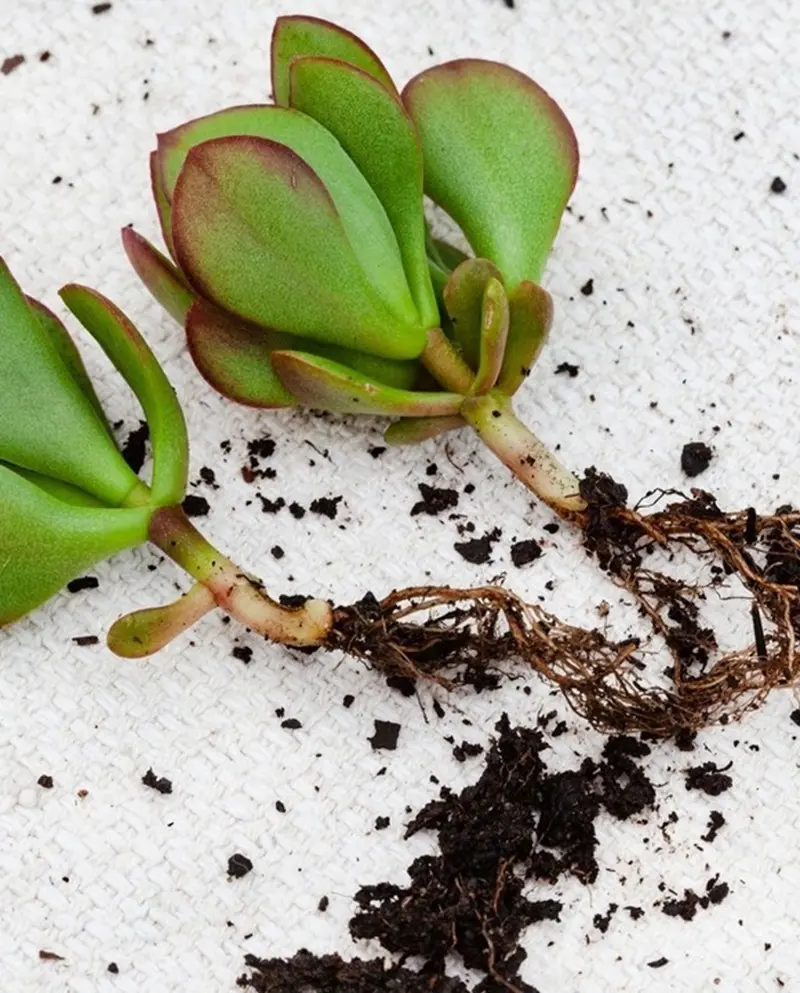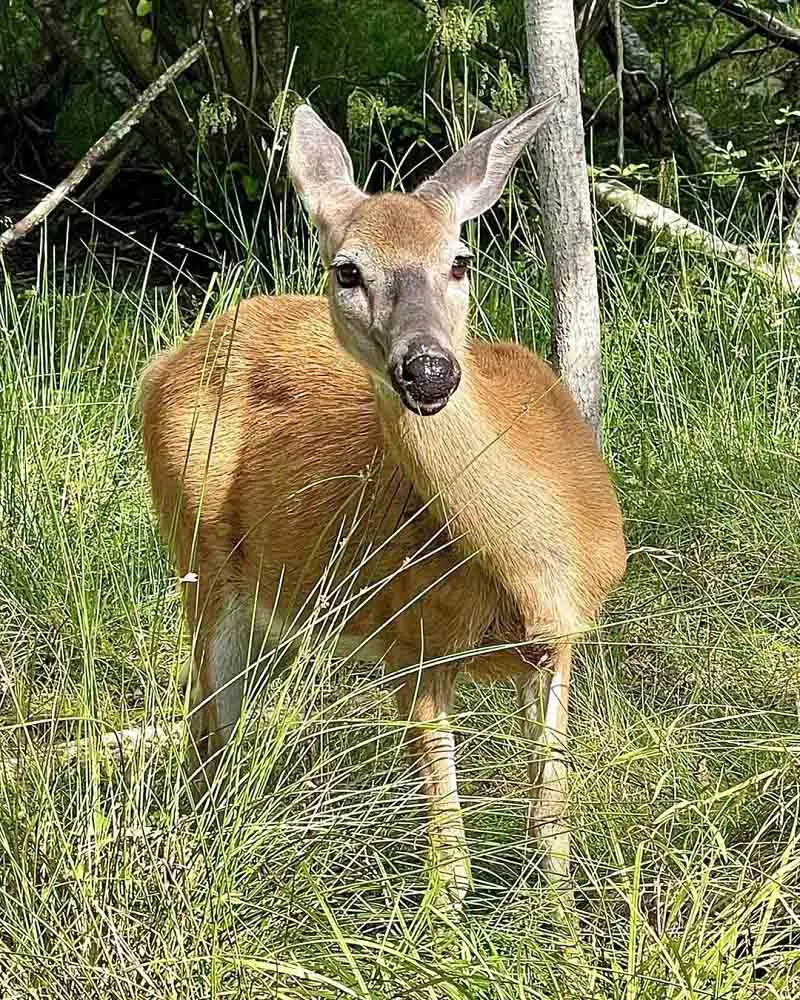While not the most common method, propagating basil through its tiny black seeds, nestled within its delicate flowers, offers a unique and rewarding experience for dedicated herb enthusiasts.
This method, though slightly more involved, promises offspring that inherit the exact characteristics of their parent plant, potentially leading to higher yields and a truly personalized basil bounty.
Setting the Stage: Pollination and Seed Formation
The journey begins with the humble basil flower. Unlike many other flowering plants, basil exhibits a phenomenon called "cleistogamy," where self-pollination occurs within the closed flower bud, even before it opens. This ensures successful seed production even in the absence of pollinators like bees or butterflies.
Harvesting and Storing Tiny Treasures
Gently pinch the dried calyx between your fingers, and you'll be rewarded with a handful of tiny, black basil seeds. Be careful not to apply too much pressure, as you might crush the delicate seeds.
Spread the harvested seeds on a clean paper towel or plate to dry completely in a cool, well-ventilated area. Avoid direct sunlight, as it can damage the seeds. Once thoroughly dry, store them in an airtight container placed in a cool, dark location like a pantry or refrigerator.
Sowing the Seeds of Success
When spring arrives and the planting season beckons, it's time to awaken your basil seed treasures. Fill a small pot or seed tray with a well-draining potting mix specifically formulated for seedlings. Moisten the mix slightly, making it damp but not soggy.
Sow the seeds on the surface of the soil, gently pressing them down with your fingertips to ensure good contact. Unlike regular basil seeds, flower seeds might require a bit more light for germination, so cover the pot or tray with a clear plastic dome or plastic wrap to create a mini greenhouse.
Place the container in a warm, sunny location with temperatures around 70–75°F (21–24°C). Keep the soil consistently moist, but avoid overwatering, as it can lead to damping-off disease.
Witnessing the Miracle of Life
With proper care, tiny green sprouts should emerge within 7–10 days, pushing through the soil and reaching for the sunlight. Once the seedlings have developed their first set of true leaves, you can thin them out if necessary, leaving the strongest ones to thrive.
As the seedlings grow sturdier, gradually acclimate them to outdoor conditions before finally transplanting them into your garden bed or larger pots.
